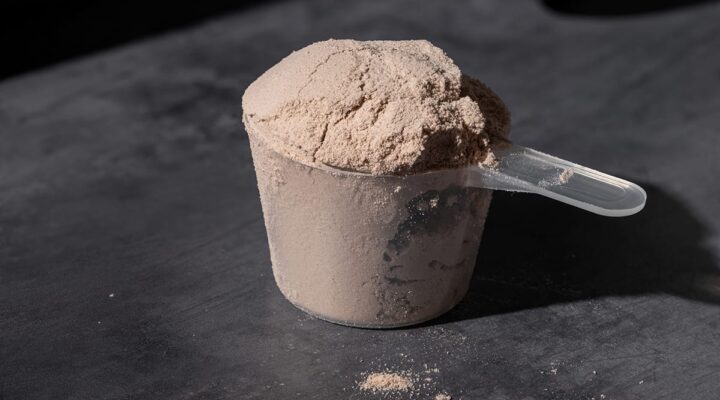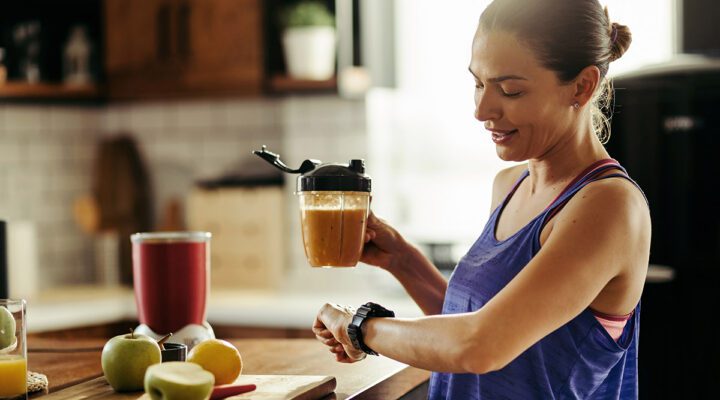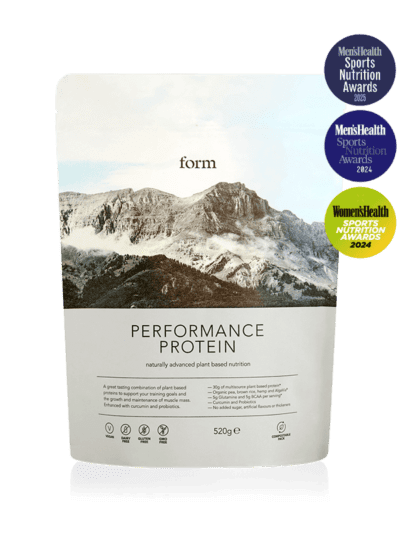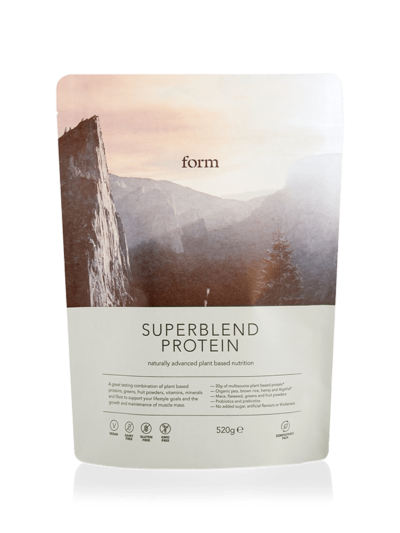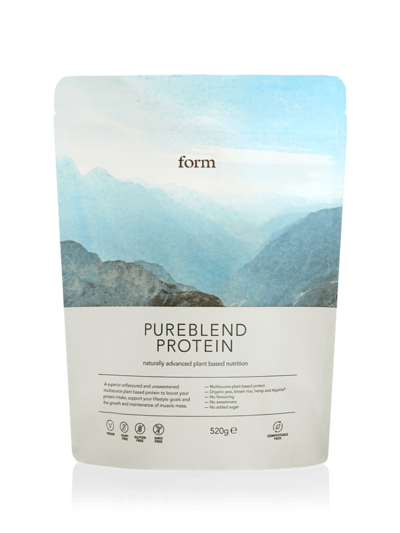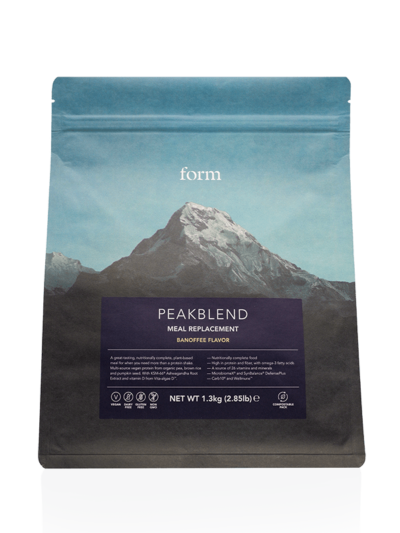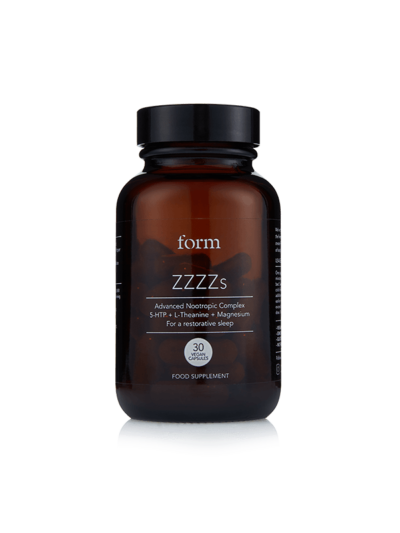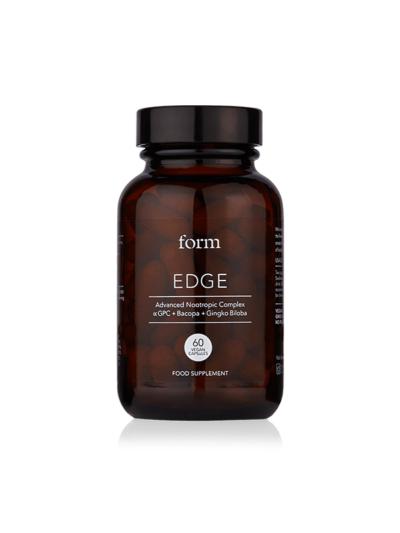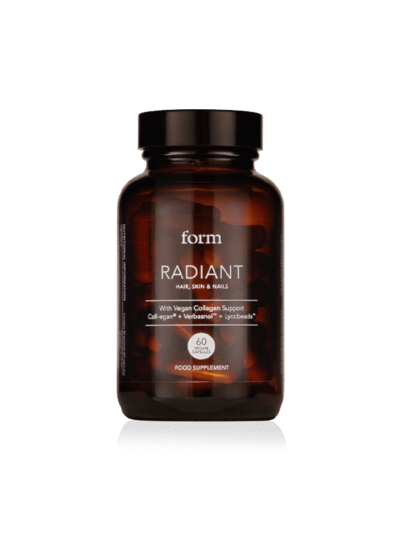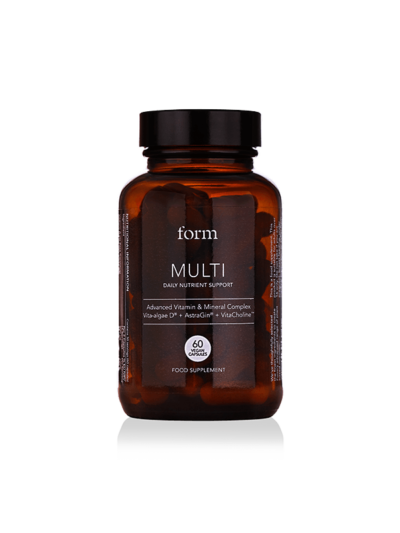Fuelled by Form: Jeffrey Boadi
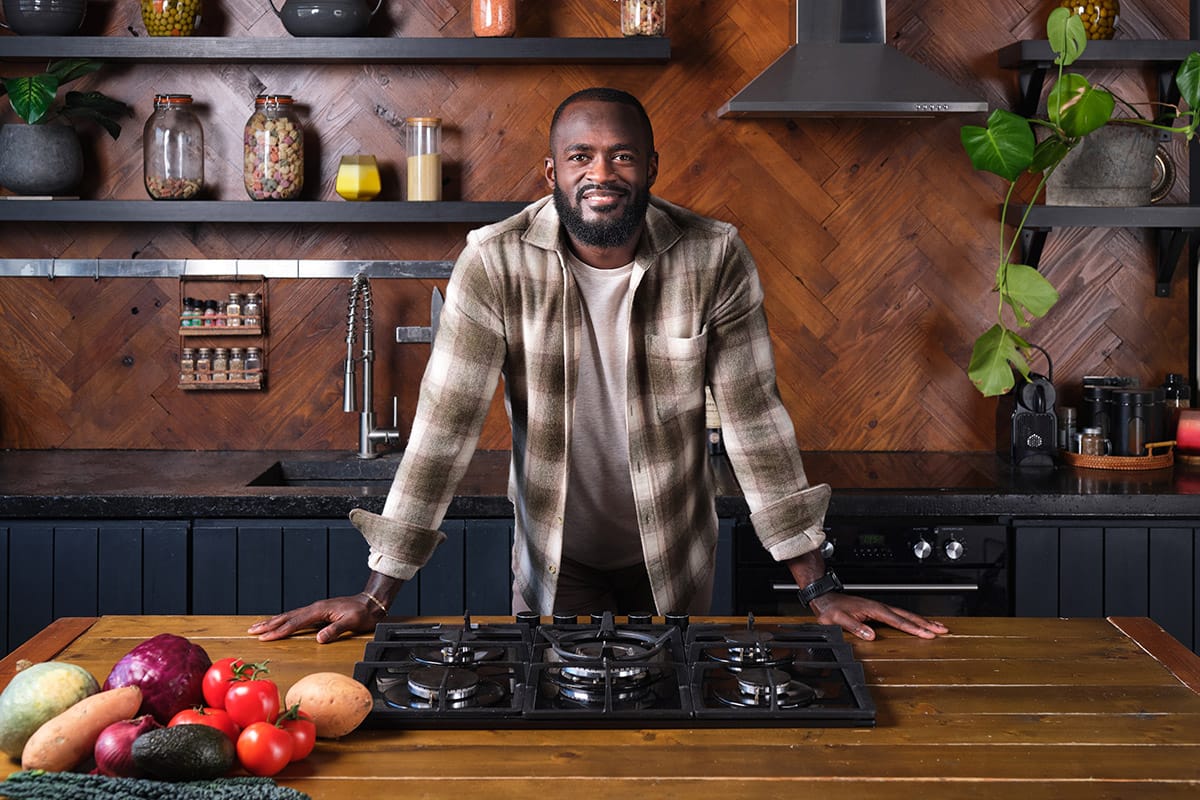
If you’re tapped into the online wellness discourse, you’ll probably recognise Jeffrey Boadi (@jeffreyboadi) from Instagram. The plant-based health coach has built a cult social media following (160K fans and counting), thanks to his knack for knocking up a satisfying recipe video.
And while we’re sure your feed is already bombarded with endless amounts of virtuous food shots from kitchen worktops across the globe, Boadi’s reels are one of the few that genuinely stopped us scrolling, thanks to his fresh take on plant-based cooking, as well as his infectious passion for educating people about the benefits of gut-friendly roughage.
Boadi had an unconventional career path into wellness: after exploring veganism as a short-term experiment, he fell in love with the diet, and has since built a social media empire from his culinary experiments with meat firmly off the menu.
Here, Boadi speaks to InForm about his love for food, his tips for upping your weekly plant score and how protein supports his training goals.
How did you first discover plant-based nutrition and what inspired you to pursue it as a career?
I was introduced to a vegan documentary called ‘What the Health’ on Netflix. At the time, I was becoming more curious about nutrition. I had a background in sport – rugby, football, tennis – and even played semi-professionally. Training was always a huge part of my life, but when it came to nutrition, my knowledge didn’t go much further than eating as much animal protein as possible.
Watching that documentary was a turning point. Overnight, I shifted to eating plant-based to support my athletic performance. At first, there was a lot of trial and error – experimenting with new recipes and exploring foods I hadn’t tried before. But the results were incredible. My sleep improved dramatically, I felt lighter and my recovery was faster.
By early 2018, I started sharing my journey on Instagram, posting recipe videos and discussing the research I was diving into during my downtime. Over time, it just snowballed. I’ve since appeared on podcasts, and I also released an eBook called ‘Eat More Plants’ in 2021.
What are the biggest benefits of incorporating more plants into your meals?
A lot of people notice improvements right away, especially if they’re switching from a processed, junk-food-heavy diet. Even if you already consider your diet ‘healthy,’ adding more plant-based diversity can still have a big impact.
Firstly, there’s the effect it can have on your gut health. Research shows that eating a wide variety of plant foods can diversify your gut bacteria, which has knock-on effects like reducing inflammation and lowering the risk of conditions like type 2 diabetes or obesity.
The fibre from plants is another big one – most of us aren’t eating nearly enough. Fibre supports digestion, gut health, and helps produce compounds like short-chain fatty acids, which reduce inflammation and support overall health.
Then there are the antioxidants in plants, which combat oxidative stress – a major driver of chronic disease. You don’t have to go fully plant-based to see these benefits, either. Even small changes, like adding more fruits, vegetables, legumes and whole grains can reduce cardiovascular disease risk and improve your gut health.

What does a typical day of eating look like for you?
I like to keep my mornings simple to avoid decision fatigue. Breakfast is usually either protein oats or a smoothie. I cook my oats with flaxseeds, protein powder, cinnamon and maca powder, then top them with blueberries, pumpkin seeds, hemp seeds and cacao nibs. The smoothie version uses all the same ingredients but includes frozen spinach and moringa powder.
Lunch is often a Buddha bowl – it’s the easiest way to pack in a variety of plants. I’ll air-fry tofu or tempeh, add roasted sweet potato, some black beans sauerkraut, and kimchi for probiotics and finish with a tahini dressing. Dinner is usually a stir-fry with whole-wheat noodles, vegetables and tofu. I also love making lentil bolognese – lentils instead of beef, combined with a tomato-basil sauce, nutritional yeast and spices.
The key for me is variety. Even if I’m eating similar meals day-to-day, I rotate the ingredients to keep things interesting.
How do you incorporate Form protein into your daily routine?
I like to rotate between different blends depending on my mood. I sometimes use the Pureblend protein in my oats since it’s unflavoured – it lets the natural flavours of banana and cinnamon shine through. Other times, I’ll go for the Banoffee or Vanilla Performance Protein, which add an extra depth and sweetness of flavour.
For smoothies, I use pretty much the same proteins but with frozen spinach, bananas and a mix of seeds or nut butter thrown in there. And if I’m on the go, I’ll just pop some protein powder into a shaker with water for a quick post-gym hit.
If you could only eat one food for the rest of your life, what would it be?
That’s tough, but I’ve got three immediate contenders! First, plantain – it’s a staple in Ghanaian and African cuisine, and I love its versatility. Second, blueberries. I eat them daily for their brain health benefits and delicious taste.
Lastly, oatmeal – it’s comforting and adaptable. But if I had to pick just one, I’d go with blueberries.
What advice would you give someone transitioning to a plant-based diet?
Take it one meal at a time. I went cold turkey overnight, but not everyone has the motivation to do that. Start with a single meal, like breakfast; swapping a bacon sandwich for oatmeal is an easy win.
Also, make sure to prioritise protein. It’s easier to meet protein goals on an omnivorous diet, so when you switch to plant-based, you need to plan your macronutrients a bit more. Incorporate tofu, tempeh, chickpea pasta, lentils and hemp seeds into your meals to up your intake.
Finally, don’t be scared to increase the volume of your meals. When I first transitioned, I lost a few kilos before I realised I needed to eat more to feel satisfied and retain my lean muscle mass. Plant-based foods tend to be less calorie-dense than animal products, so you’ll want to adjust for this, so you don’t end up in an unwanted calorie deficit.







